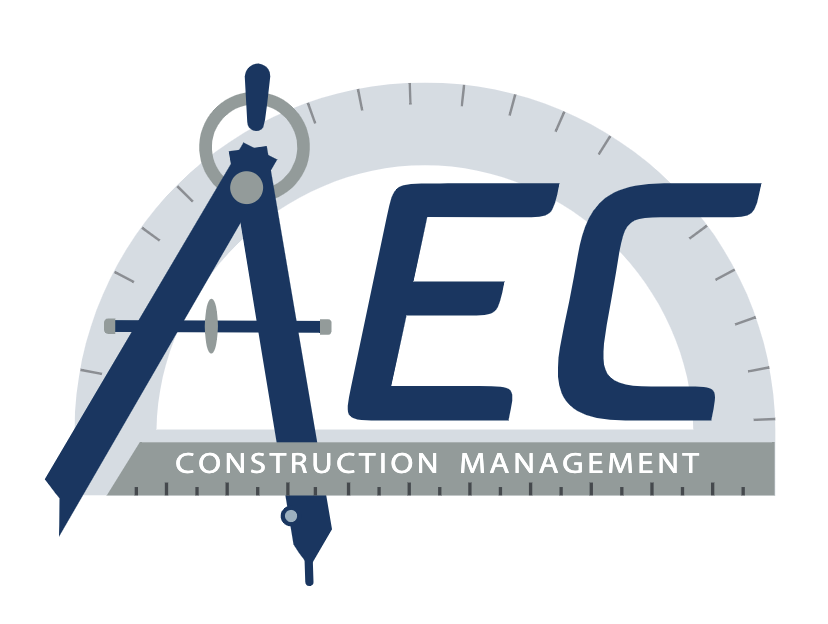The simple answer is that it fine-tunes the entire construction planning process. 5D BIM stands for 5-dimensional building information modeling. It is the intelligent linking of 3D CAD components with schedule- and cost-related information. It shows the various stakeholders the critical parts of the construction project, and offers a better understanding of the construction phases. In BIM modeling, the critical components that are design, cost, and schedule offer improved risk management over traditional models, allowing you to visualize and fine tune your project before construction starts and impacts are encountered.
No doubt 5D BIM is a complicated software, which is one reason why it is not yet widely used. At AEC Construction Management, we have implemented this software together with other software components for various client projects.
Any building information modeling starts with the 3D building design itself. 4D adds the time scaled construction component and 5D the cost. BIM is achieved with the help of compatible software that adds layers to the 3D model. It helps resolve challenges as they come up in real time, before they are encountered in the field, and helps to keep the project on time and within budget. The software is capable of modeling all construction components, as a whole or by individual pieces and parts, from start to finish.
Here are the major benefits we have seen for past and present clients:
Visualizing the entire project in the pre-planning process.
Most valuable in the pre-planning process is the ability to visualize the entire project from beginning to end. This is especially helpful for the construction project owner. It can then be utilized as a communication tool for the various stakeholders during the pre-planning phase. Besides visualizing, 5D BIM provides for a better schedule and cost estimate before the start of the project. It integrates the planning of equipment, human, and material resources. This is accomplished by through thorough project analysis and planning.
5D BIM helps the contractor to manage expectations.
For each activity, the contractor can see the cost, schedule, and 3D model for each project component. The banks, for example, release funding based on milestones and requirements. Modeling allows the owner to supply to the banks what is needed to move forward. An immediate added benefit is managing money, incomes, and expenses, which is high priority for risk management during a construction project.
Problems can be solved from the office.
5D BIM modeling allows problems to be addressed without access to the construction site. And it can be accomplished in real time. All major components, which are the 3D model, cost, and schedule, are easily accessible. Because all stakeholders can access all information at all times, the process can cut down on any unnecessary communication with the designers, architects, and builders. It makes for a much more effective and efficient project.
Problems can be foreseen before they happen at the construction site.
5D BIM can help communicate complex details by turning a thousand-line gantt chart into a 3D model. The modeling helps with complex sequencing that prevents various issues, and offers real-time problem solving along with providing resolutions to constructability issues. By offering a multilayered model, it can help determine how certain systems should be installed. It offers information on, for example, the interaction between pipes, wires, and various components, so it is easier to foresee problems.
Preventing delays that affect the project is invaluable.
As many of the problems become foreseeable, delays are less likely to occur. It can be extremely beneficial both for managing people and materials in the field in real time. This involves time-related data which can be linked to various informational model components.
At AEC, we understand the complexity of 5D BIM modeling. The benefits far outweigh the time and skill it takes to integrate this modeling. Please contact us at info@aeccm.com for more information.
